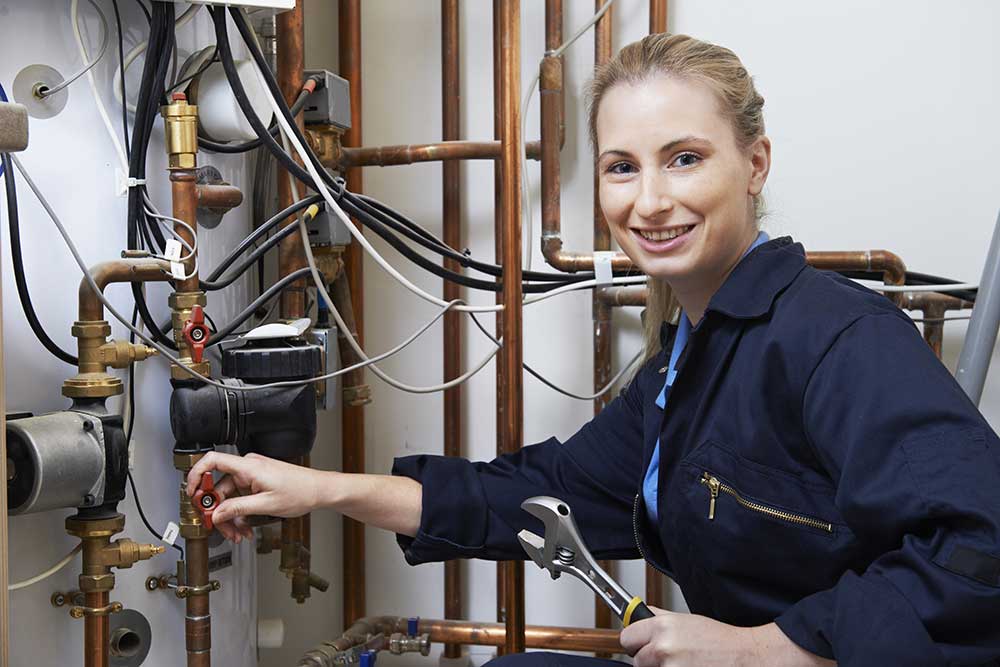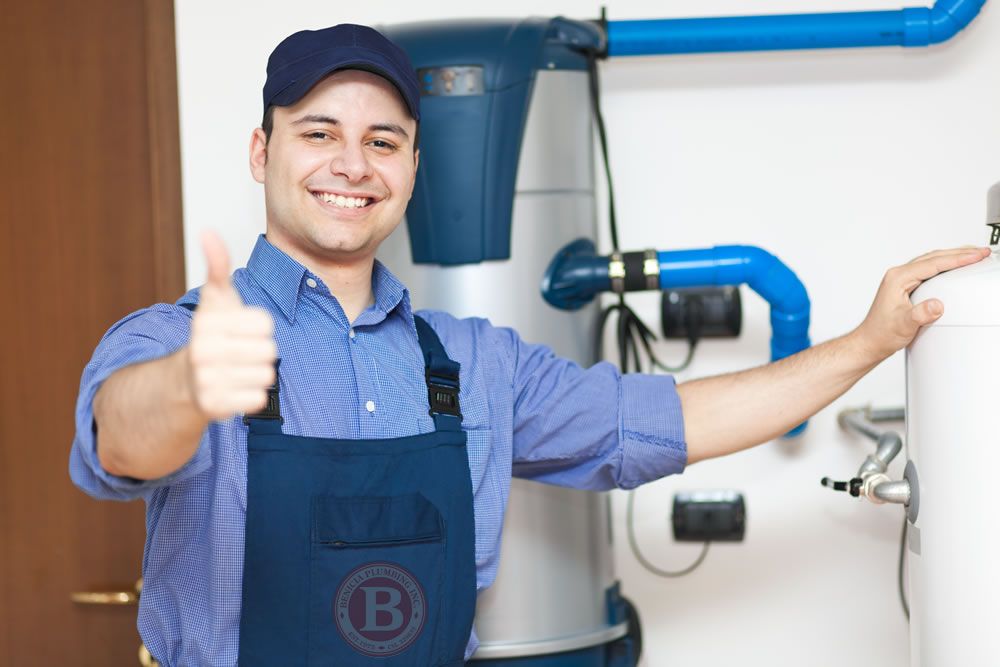A Detailed Guide to Efficient Water Heater Installation for Optimum Efficiency
Beginning on the task of setting up a water heater is an endeavor that requires precision and an organized method for attaining optimal efficiency. As you proceed, the ins and outs of attaching water supply lines and setting up trusted electrical or gas connections wait for, promising insights into making certain efficiency and dependability.
Picking the Right Water Heater

Next, take into consideration the dimension and capacity of the hot water heater. It's essential to assess your home's warm water demands, which can differ based upon the number of passengers and their usage patterns. A system that's also tiny might bring about insufficient hot water, while an oversized design may lead to unneeded power intake.
Performance rankings additionally play a pivotal role in selection. Search for water heating units with high Energy Element (EF) scores, suggesting remarkable efficiency and lowered power use. Tankless versions, though commonly extra pricey ahead of time, deal substantial power financial savings with time as a result of their on-demand home heating capacities.
Preparing the Installment Location
Prior to mounting a new water heating system, thorough prep work of the setup location is vital. It's important to measure the room very carefully to accommodate the water heating unit's measurements, guaranteeing ample clearance around the system for reliable operation and servicing.
Examine the flooring for security, as the water heating unit will certainly require a strong, level surface to operate efficiently. If required, set up a drip pan below the unit to catch potential leakages or spills, protecting against water damages to the surrounding location.
Furthermore, make sure that all needed tools and materials are on hand prior to starting the setup. This includes products such as wrenches, screwdrivers, a degree, and any added equipment required for safeguarding the heating unit and mounting. A well-prepared installation location establishes the foundation for a successful hot water heater configuration, enhancing performance and safety and security.
Connecting Water System Lines
When linking supply of water lines to your newly mounted hot water heater, it is essential to make certain that all links are leak-free and protected to maintain efficient procedure and stop water damage. Begin by identifying the hot and cool water lines. The cool water inlet is normally marked with a blue tag or a "C", while the warm water outlet is marked with a red tag or an "H".
Use flexible hot water heater ports to help with a less complicated setup procedure. These connectors can soak up vibration and permit minor their website movement, minimizing the risk of leakages. Before connecting the connectors, put a plumbing technician's tape around the threaded ends of the hot water heater's inlet and electrical outlet pipes - Water Heater installation Alabaster AL. This tape acts as a sealant, protecting against leaks. Meticulously connect the versatile hoses to the particular inlet and electrical outlet, making sure that they are not over-tightened but tight, which might harm the strings.
Once links remain in place, site link gradually activate the major supply of water valve. Check each link for leakages by aesthetically really feeling and examining for moisture. Tighten links as necessary, and guarantee the pressure safety valve is properly set up, protecting against extreme pressure accumulation.
Establishing Electrical or Gas Connections
Appropriately setting up the electric or gas connections for your water heating system is a critical step to ensure secure and efficient operation. For electrical water heating units, start by confirming that the electric circuit is compatible with the heater's voltage and amperage demands.
For gas water heating units, safety and security is vital. Confirm that the gas supply is off before continuing. Link the gas line to the water heating unit using a versatile gas connector, ensuring it is effectively threaded and sealed with pipeline joint compound or Teflon tape appropriate for gas links. Tighten the links with a wrench, making sure not to over-tighten (Plumber Alabaster AL).
As soon as connections are made, check for any potential leakages. For gas lines, use a soapy water solution to the joints; bubbles suggest a leakage. For electrical connections, verify that all circuitry is safe and effectively insulated, preserving conformity with local electrical codes.
Adjusting and examining for Efficiency
With the electric and gas links view website safely in place, the next step is reviewing the functional performance of your water heating unit. Begin by thoroughly turning on the water supply and ensuring there are no leaks at any of the joints or shutoffs.
Next, perform a comprehensive evaluation to guarantee the burner or gas burners are functioning correctly. For electrical heating units, utilize a multimeter to validate if the aspects are drawing the ideal present. In gas designs, observe the heater flame; it should be consistent and blue, indicating reliable combustion.
Readjust the settings as necessary to remove inefficiencies. Take into consideration carrying out insulation measures, such as including a water heater covering, to even more improve efficiency by reducing warmth loss. In addition, check the anode pole's condition, as a tatty pole can reduce effectiveness and lead to storage tank deterioration.
Final Thought
Reliable water heater installment is crucial for guaranteeing ideal performance and energy cost savings. Firmly attaching water supply lines and carefully setting up electrical or gas connections minimize potential issues.

Correctly setting up the electric or gas links for your water heater is a vital action to ensure risk-free and effective operation. For electric water heating systems, start by verifying that the electrical circuit is compatible with the heating unit's voltage and amperage demands. Attach the gas line to the water heater using a flexible gas connector, guaranteeing it is properly threaded and sealed with pipe joint substance or Teflon tape ideal for gas links.
Comments on “Economical Plumbing Services Alabaster AL for each Budget plan”